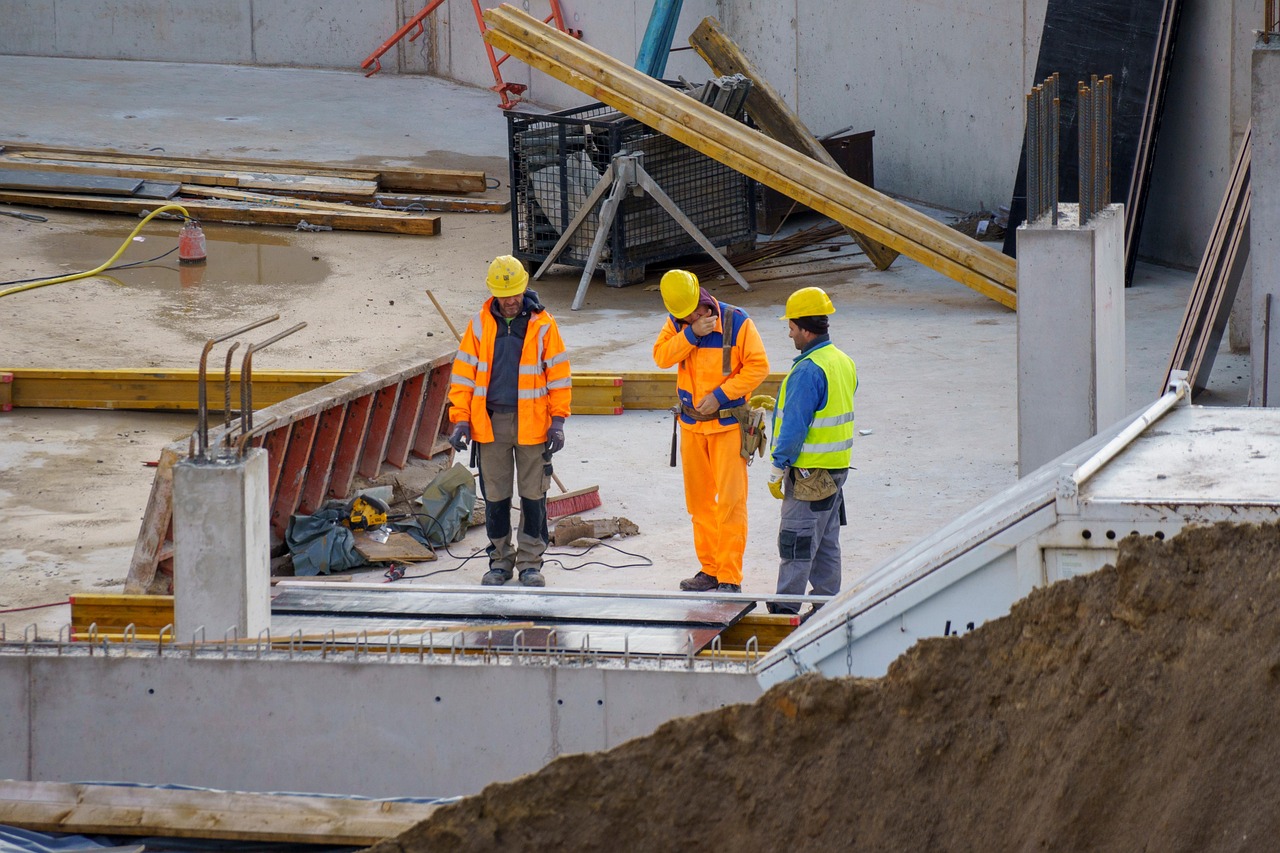A Deep Dive into Construction Equipments: The Backbone of Modern Building
A towering skyscraper, a huge expressway, or a newly developed residential subdivision all share one thing in common: construction equipment. These strong machines are the hidden heroes of the construction industry, performing tasks ranging from earthmoving to heavy lifting with accuracy and efficiency.
In this blog, we’ll look at what construction equipment is, the various types available, and how they’ve transformed the way we build.
What Is Construction Equipment?
Construction equipment encompasses a wide range of heavy-duty devices specifically intended to conduct construction activities. These devices are designed to tackle demanding tasks such as excavation, lifting, material handling, and demolition, which would be impossible or exceedingly sluggish without mechanical assistance.
Common Types of Construction Equipments
Let’s have a look at the major categories of construction equipments and their typical uses:
1. Earthmoving Equipment
These machines are used for digging, grading, and moving large quantities of soil or rock.
- Excavators – Used for digging trenches, holes, and foundations.
- Bulldozers – Ideal for pushing large quantities of soil, sand, or rubble.
- Backhoe Loaders – Versatile machines that combine digging and loading functions.
- Skid Steer Loaders – Compact and maneuverable, great for small or tight job sites.
2. Material Handling Equipment
These are used to move and manage construction supplies on the jobsite.
• Cranes – Essential for lifting heavy materials to great heights.
• Forklifts – Commonly used in warehouses or sites for moving materials.
• Telehandlers – A hybrid of a forklift and crane, used for high-reach lifting.
3. Construction Vehicles
Essential for moving products, equipment, or rubbish around job sites.
- Dump Trucks – Haul loose material like sand, gravel, or demolition debris.
- Concrete Mixers – Deliver ready-mix concrete directly to the construction site.
- Tippers and Trailers – Used for large-scale material transport.
4. Paving and Compaction Equipment
Used in road construction and foundation work.
- Asphalt Pavers – Lay down asphalt on roads and highways.
- Rollers (Compactors) – Press down materials to eliminate air pockets and provide a solid foundation.
Why Construction Equipments Matters
Modern construction would be impossible without these devices. Here’s why they are indispensable:
- Efficiency –Machines reduce the time needed to accomplish activities, speeding up project timelines.
- Cost-Effectiveness –While they need investment, they reduce manual work and errors.
- Precision and Safety – Modern equipment provides characteristics that enable more accurate operation and safer use, thereby protecting workers and enhancing quality.
The Future of Construction Equipments
The industry is currently experiencing a wave of innovation. New equipment is being designed with smart features, electric powertrains, and remote control capabilities. These advancements aren’t just about convenience; they’re changing the way we construct, with lower emissions, improved safety, and more production.
A Conclusion Thought
Construction equipments encompasses more than simply heavy machines. It is the foundation upon which modern architecture stands. Whether you’re digging the first trench or putting the last brick, the appropriate equipment makes all the difference.
If you work in construction or are simply curious about how things are produced, understanding these machines is essential for grasping the scope and strength of each project.

